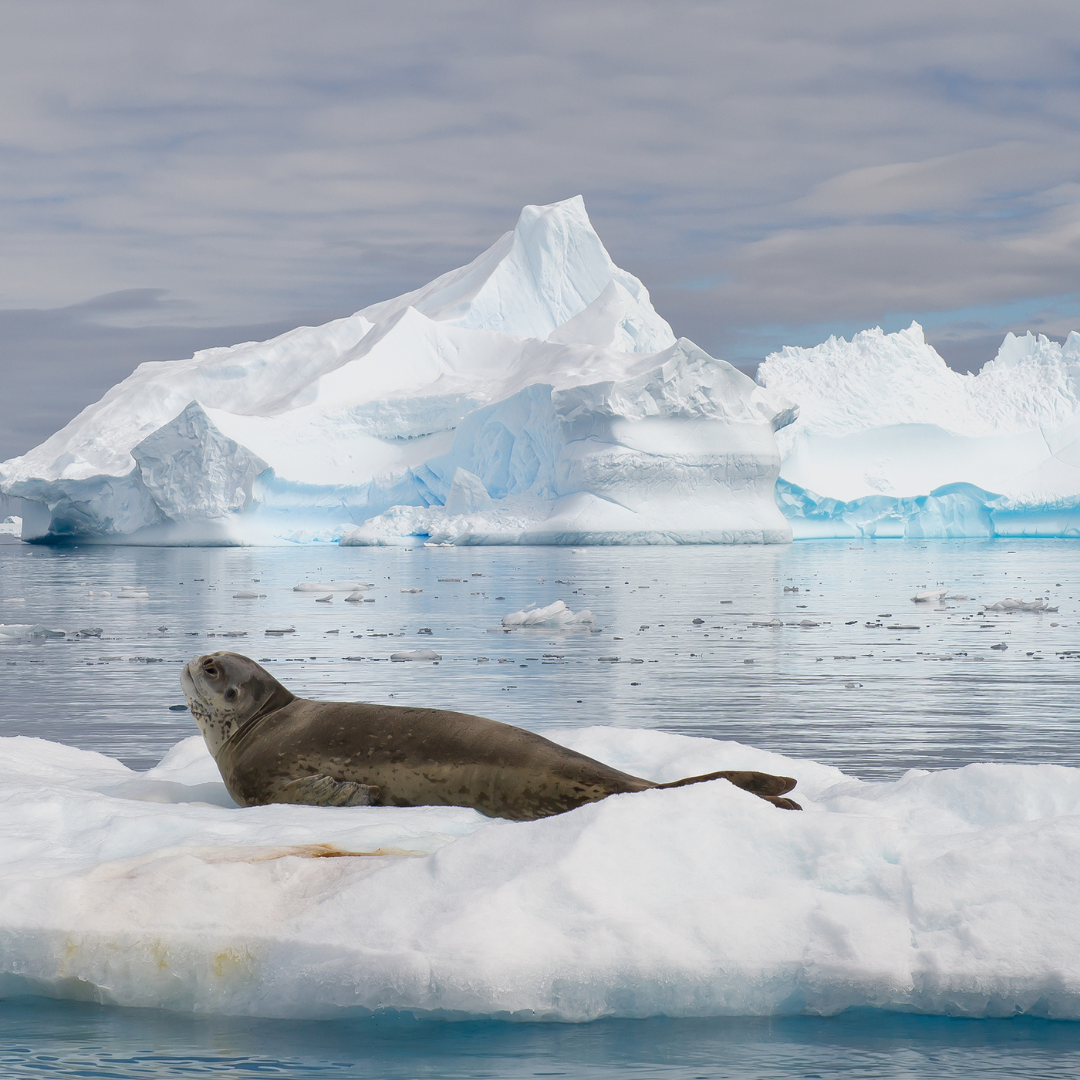In the frigid waters surrounding Antarctica, an apex predator reigns supreme – the leopard seal. With their sleek bodies, distinctive spotted coats, and powerful presence, these formidable creatures are marvels of the Southern Ocean. Join us as we delve into the captivating world of leopard seals, exploring their fascinating biology, unique behaviors, and their role as top predators in Antarctica’s waters.
Masterful Hunters:
Leopard seals are renowned for their exceptional hunting skills, making them top predators in the Antarctic ecosystem. With their sharp teeth and powerful jaws, they feed on a wide range of prey, including penguins, fish, squid, and even other seals. Their flexibility in diet allows them to adapt to changing food availability throughout the year. With swift and agile movements, leopard seals demonstrate their prowess and adaptability as skilled hunters in the icy waters.
Distinctive Appearance:
One of the most recognizable features of the leopard seal is its striking patterned coat. These seals are named for their distinctive spots and markings, which resemble those of a leopard. The unique coat pattern allows them to blend into their environment, providing camouflage while hunting or waiting for prey near the water’s edge. Their sleek bodies, reaching lengths of up to 11 feet, enable them to navigate through the water with remarkable speed and precision.
Acrobatic Behaviors:
Leopard seals are known for their acrobatic behaviors, particularly when hunting or interacting with their surroundings. They can often be observed performing impressive aerial displays, breaching the water, and launching themselves out of the ocean to catch prey. These displays of agility and athleticism showcase the seal’s adaptability and highlight their resourcefulness as they navigate the challenging Antarctic environment.
The Chorus of Calls:
Beyond their physical capabilities, leopard seals possess a wide range of vocalizations unique to their species. Their calls may include haunting cries, growls, and enchanting melodies that echo across the polar waters. These vocalizations are not only used for communication but also play a role in marking territories and attracting mates. The distinct vocal repertoire adds to the mystique of these majestic creatures.
Conservation and Understanding:
As top predators, leopard seals play a vital role in maintaining the delicate balance of Antarctica’s marine ecosystem. Studying these remarkable animals helps scientists understand the health of the region’s environment and its intricate food web. Conserving their habitat and protecting the overall well-being of leopard seals is crucial in preserving the biodiversity and stability of the Antarctic ecosystem.
Leopard seals, the top predators of Antarctica’s waters, captivate with their powerful presence, distinctive appearance, and remarkable hunting abilities. Their acrobatic displays, haunting calls, and adaptability in the Southern Ocean make them a vital part of the Antarctic ecosystem. Observing and appreciating the beauty and importance of leopard seals deepens our understanding of the delicate balance of nature and reminds us of the invaluable role these magnificent creatures play in the world’s most remote and captivating environment.




